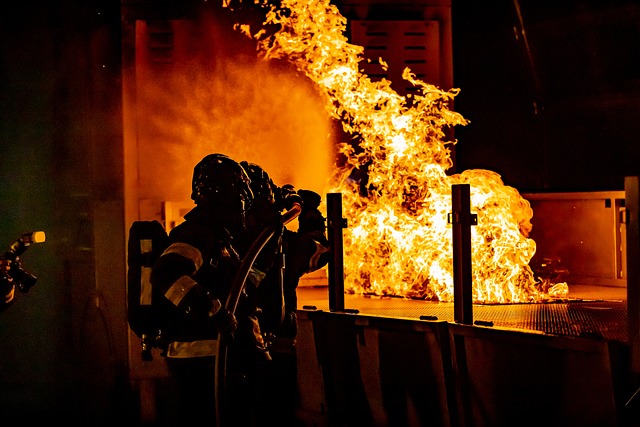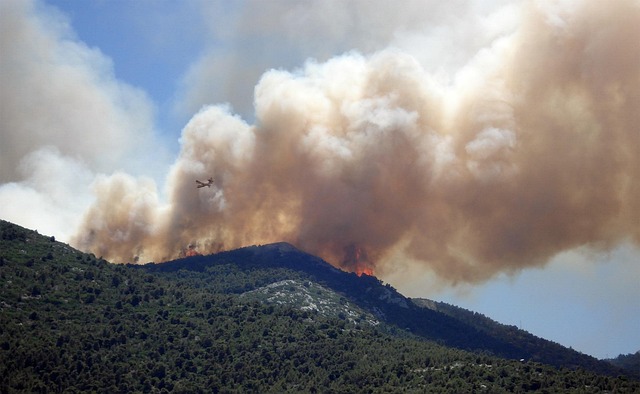Unexpected heater issues can leave you cold. Assess damage and DIY skills; keep an extra space heater and ensure proper ventilation. Prepare a toolkit with replacement parts tailored to your heater's model. Turn off power, wear protective gear, and check power supply, temp control, heating element, and air filter. For severe problems, consider gas line or electrical issues. Balance emergency repairs, cost analysis, energy efficiency, and long-term solutions before deciding to repair or replace.
Struggling with a faulty heater? This comprehensive guide helps you decide between repair or replacement. Learn to identify common heater issues through signs like persistent cold spots or unusual noises, and discover essential tools and safety precautions for immediate repairs. We provide step-by-step troubleshooting tips and offer insights into when replacement might be the better option, complete with a cost analysis. Equip yourself with knowledge on emergency heating repair.
- Understanding Common Heater Issues: Signs to Watch For
- Tools and Safety Precautions for Emergency Repairs
- Step-by-Step Guide: Troubleshooting and Basic Fixes
- When Is Replacement the Better Option? A Cost Analysis
Understanding Common Heater Issues: Signs to Watch For

Heater issues can strike at the worst possible moments, often leaving you shivering in the cold. Understanding common problems and their signs is crucial for knowing when to call an emergency heating repair service or tackle DIY heater repairs. Some of the most frequent heater troubles include a lack of heat output, strange noises, burning odors, and thermostat malfunctions.
If your heater is older and has been consistently requiring maintenance, what causes heater failure might be a combination of factors such as worn-out parts, dirty filters, or even environmental conditions. When deciding between DIY repairs and professional replacement, consider the extent of the damage and your comfort level with technical tasks. Following best practices for emergency heat, like keeping an extra space heater on hand and ensuring proper ventilation during repairs, can help you stay warm until a solution is in place.
Tools and Safety Precautions for Emergency Repairs

When faced with an emergency heating repair, having the right tools and taking necessary safety precautions is paramount. Before attempting any DIY heater repairs, assemble a basic toolkit including pliers, screwdrivers (both flathead and Phillips), wire strippers, a multimeter, and replacement parts specific to your heater’s model. Always prioritize safety; turn off the heater at the circuit breaker or fuse box, and disconnect it from its power source.
Protect yourself by wearing safety glasses and gloves. Ensure proper ventilation in the work area, as some repair processes may involve hazardous materials. Referring to a portable heater repair manual for common reasons for heater breakdown can help guide your troubleshooting process. Similarly, resolving baseboard heater issues often requires specific techniques that can be readily found online or through dedicated user manuals.
Step-by-Step Guide: Troubleshooting and Basic Fixes

Before considering a replacement or calling in professionals for emergency heating repair, it’s worth attempting some basic troubleshooting and fixes yourself. Here’s a step-by-step guide to help you navigate common issues that might leave your heater not working. Start by checking the power supply – ensure the heater is plugged in securely and there are no tripped circuit breakers or blown fuses. If power is restored but heat isn’t, move on to examining the temp control system troubleshooting. Check for faulty thermostats or malfunctioning temperature controls, adjusting them to see if it triggers the heater to activate.
Next, inspect the heating element or burner assembly for any debris, corrosion, or damage. A blocked air filter can also restrict airflow and hinder performance, so make sure to clean or replace it as needed. If your heater is still not working after these checks, consider more advanced issues like a malfunctioning gas line or electrical problems within the unit. When to DIY heater repairs depends on your comfort level and the severity of the issue; for minor hiccups, you might be able to solve them yourself, but for complex problems, it’s best to call in a qualified technician.
When Is Replacement the Better Option? A Cost Analysis

When considering whether to opt for heater repair or replacement, understanding when replacement is the better option is crucial. While emergency heating repairs can extend the lifespan of your unit and provide temporary relief in a pinch, it’s important to remember that old or severely damaged heaters can be inefficient, costly to fix, and may not offer long-term solutions. In some cases, particularly with older models, the repair bill might equal or even surpass the cost of a new heater, especially if parts are hard to come by.
A thorough cost analysis should factor in both immediate expenses and future savings. Newer heaters often come with energy efficiency ratings, promising reduced utility bills over time. Moreover, cheap emergency heating solutions like temporary fixes or band-aid repairs might provide a quick workaround but could lead to more significant issues down the line, ultimately costing more in the long run. Recognizing when your heater’s problems are beyond repair is key to making an informed decision and ensuring comfortable indoor temperatures without breaking the bank.
When faced with a malfunctioning heater, deciding between repair or replacement can be daunting. This guide has equipped you with the knowledge to understand common issues, perform basic repairs, and analyze costs. For minor problems, attempting an emergency heating repair can save time and money. However, if frequent repairs are required or energy efficiency is a concern, replacing your heater might be the better long-term investment. Equip yourself with this information, weigh the pros and cons, and make an informed decision to ensure a cozy and comfortable living space.
